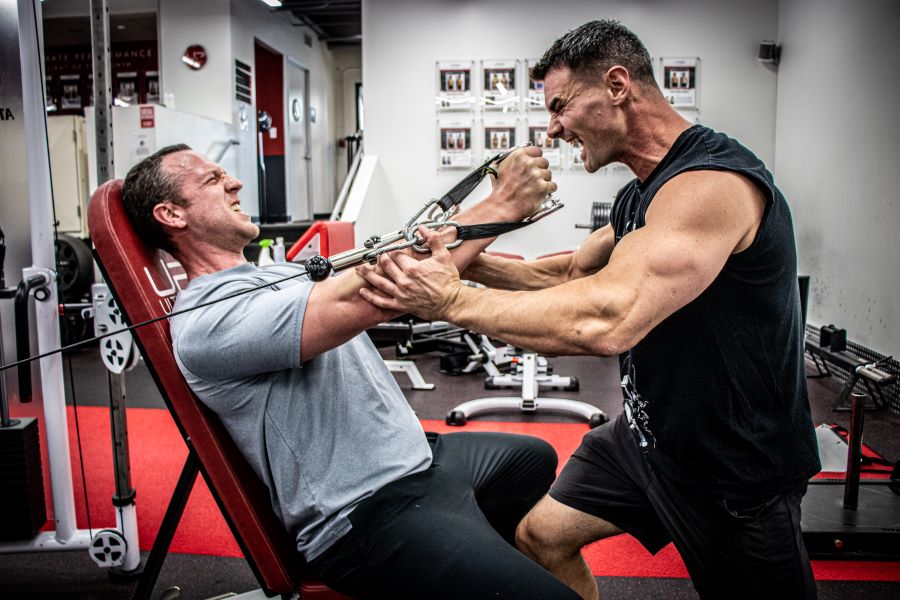How do you know if your testosterone levels are low as a man?
Storing more body fat on your hips and legs, experiencing low sex drive, noticing hair loss around the face and body, as well as developing man books can all be potential signs of a hormone imbalance.
So if you’re a man and this sounds familiar, it could be a sign that your testosterone levels are low. And you’re not alone. Experts estimate that around a third of men over the age of 45 have low testosterone.
Testosterone is crucial to the function and development of men and is synonymous with masculinity. While both men and women produce testosterone, men’s natural levels are much higher, resulting in the development of masculine features, such as facial hair, deeper voice, increased muscle mass, body fat distribution and more.
Many factors are associated with low testosterone in men. These include ageing, high body fat levels, low muscle mass, poor lifestyle habits, low levels of vitamins and minerals (vitamin D etc.), alcohol and drug use, chronic health issues and even direct injury to the testes.

So, how can you tell if your testosterone is low?
Common symptoms include:
- Lethargy
- Erratic mood
- Reduced muscle mass
- Reduced bone mass
- Development of metabolic syndrome
- Reduced red blood cell count
- Low sperm count and volume
- Erectile dysfunction
The decrease in testosterone production around middle age for men is sometimes referred to as “andropause”, similar to menopause in women.
A key difference between the two is that while women cease to produce sex hormones after menopause, men’s testosterone tapers off by around 1-2% per year on average.
Age-related reductions in testosterone are not solely attributable to natural causes, with changes in lifestyle being key factors.
Sleep, diet, exercise and more may be the true drivers of these changes.
Managing testosterone levels are thankfully within our control and these simple lifestyle changes make a big difference:
1. Lift some weights
Compared to sedentary men, physically active individuals have higher testosterone levels on average as testosterone tends to increase as physical activity is increased too.

2. Maintain a healthy body fat level
Obese individuals with a higher BMI and waist circumference on average have lower testosterone levels than normal-weight individuals.

3. Improve sleep quality and quantity
Individuals with consistently poor sleep have lower testosterone levels. In fact, it can take as little as one week of shorter sleep to reduce your testosterone by as much as 15%. Achieving 7-9 hours of good quality sleep should be a priority for men.

4. Increase your Vitamin D levels
Evidence shows that those with low vitamin D levels are more likely to have low testosterone levels. The relationship between vitamin D and testosterone increases as vitamin D levels increase up until the point that healthy levels are achieved.

Read the 10 ways to train effectively with weights over the age of 40.



